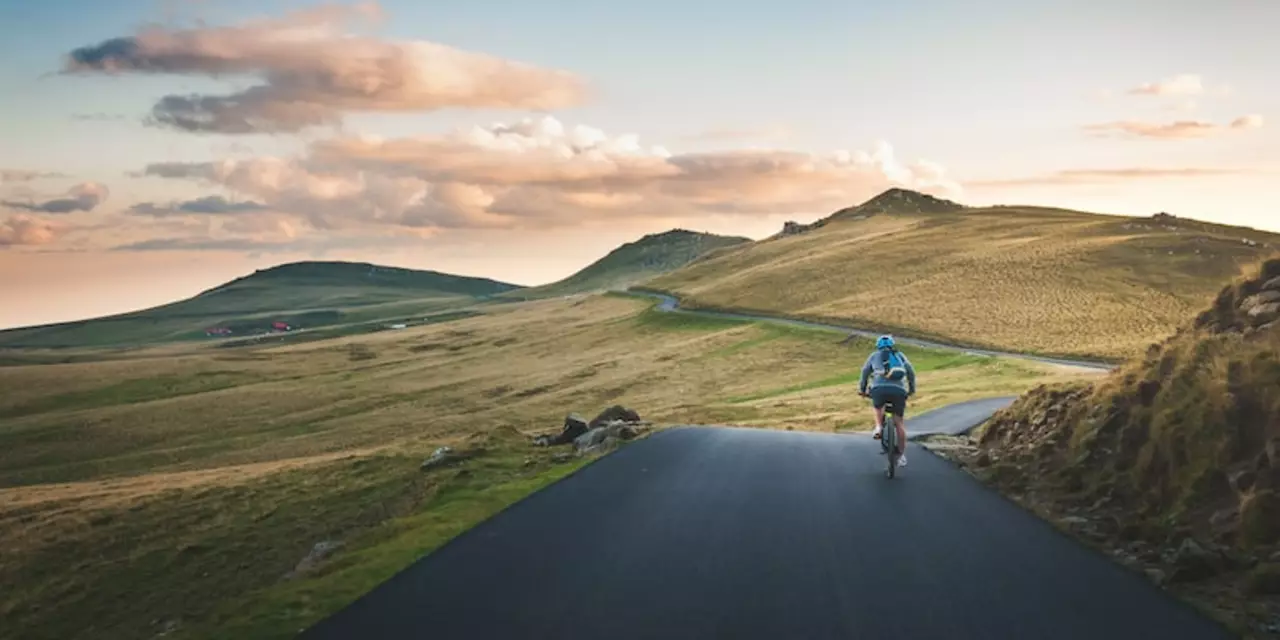Exercise Tips for Cyclists – Boost Your Ride
If you love cycling, adding the right kind of exercise to your week can turn a good ride into a great one. You don’t need a gym membership or fancy equipment – just a few simple moves that target the muscles you use on the bike. Below you’ll find easy warm‑ups, strength basics, interval ideas and recovery tricks that any rider can fit into a busy schedule.
Warm‑up and Mobility: Start Moving the Right Way
A proper warm‑up gets blood flowing, wakes up the joints and lowers the chance of a nasty cramp mid‑ride. Try a five‑minute easy spin on a trainer or a quick outdoor jog, then follow with these mobility drills:
- Leg swings: Stand near a wall, swing one leg forward and back for 30 seconds, then side‑to‑side. Switch legs.
- Hip circles: Hands on hips, rotate clockwise for 15 seconds, then counter‑clockwise. Keeps the hip flexors supple.
- Shoulder rolls: Roll shoulders forward and back for 20 seconds. Helps with bike handling.
Do each drill once or twice and you’ll feel looser before you even clip in.
Strength Work: Build the Muscles That Power the Pedal
Cycling is low‑impact, but it still asks a lot from your legs, core and back. Adding a few strength sessions each week makes climbs easier and reduces fatigue on long rides.
Leg day basics: Squats, lunges and deadlifts hit the quads, hamstrings and glutes. Start with body‑weight squats – 3 sets of 12 – then add a kettlebell or dumbbell as you get stronger.
Core stability: A solid core keeps your bike steady and improves power transfer. Try planks (30‑second holds, 3 rounds), side planks, and bicycle crunches. These take only a few minutes but pay off on technical trails.
Upper body support: Even if you’re a road rider, your shoulders and arms work hard to control the bike. Push‑ups, rows and reverse flyes help prevent round shoulders and wrist strain.
Schedule two strength sessions per week, alternating leg‑focused and full‑body days. Keep the weight moderate and focus on good form – you’re building endurance, not maximum bulk.
Interval Training: Make Every Minute Count
Intervals are the fastest way to improve speed and stamina. Here’s a simple structure you can do on any route:
- Warm up 10 minutes easy.
- Ride hard for 1 minute (80‑90% effort).
- Recover easy for 2 minutes.
- Repeat the hard‑recovery pair 6‑8 times.
- Cool down 10 minutes.
Adjust the hard‑time and recovery based on fitness – beginners can start with 30‑second bursts, seasoned riders can push to 2‑minute intervals. The key is consistent effort: each hard effort should feel challenging but sustainable for the set time.
Recovery: Let Your Body Adapt
Skipping recovery is the fastest way to burn out. After a hard ride or strength session, give your muscles a chance to repair.
- Stretch lightly for 5‑10 minutes – focus on calves, quads, hamstrings and hip flexors.
- Hydrate with water or an electrolyte drink. Dehydration hurts recovery more than you think.
- Fuel smart: A mix of carbs and protein within 30 minutes (like a banana with peanut butter) jump‑starts muscle repair.
- Rest: One full rest day per week helps avoid overuse injuries.
Paying attention to recovery will let you ride farther, climb steeper and feel fresher week after week.
Putting It All Together
Pick three days a week that work for you. One day: warm‑up + interval ride. Another day: warm‑up + strength (leg focus). The third day: easy ride + core work. Fill the rest with light spin or a day off. Stick to this plan for four weeks, then tweak the duration or intensity based on how you feel.
Remember, the goal isn’t to become a pro overnight – it’s to enjoy a stronger, safer, more confident ride. Start small, stay consistent, and watch your cycling performance improve with every session.

Why do some people like cycling/biking so much?
Daxton Fairweather Feb 14 0Cycling is an activity that is enjoyed by many people. It is a great way to get exercise, explore and experience the outdoors, and enjoy the feeling of freedom it brings. Cycling is also a great way to reduce stress and anxiety, and it can even help to improve mental health. Additionally, cycling is a relatively inexpensive sport and can be enjoyed by people of all ages, abilities and backgrounds. It is an activity that can be enjoyed alone or with friends, and is a great way to stay fit and healthy.
More Detail